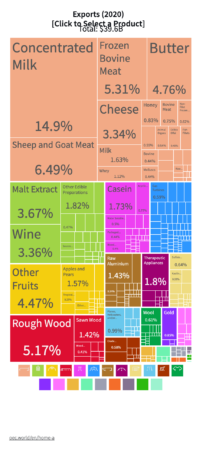What I forgot to do when I mentioned the Seeds4All Newsletter recently is link to their new “brochure outlining the regulatory steps to be taken in order to market OHM-labelled varieties.”
OHM?
2022 is a special year, as it will start with the entry into force of the new European Regulation on organic production, introducing the possibility of marketing seeds of ‘organic heterogeneous material’ (OHM) without any obligation to be registered in official catalogues.
We believe that this new legislation is a real advance for cultivated biodiversity and could reinforce the sustainability of organic agriculture by allowing the marketing of a greater quantity and diversity of truly organic seeds.
For these regulatory advances to be effective, it is necessary though that field operators seize them and commit to the marketing, reproduction and use of seed of organic heterogeneous material.
Bet there was a bit of resistance to that. You can download the brochure from the Seed4All website. Have fun.
